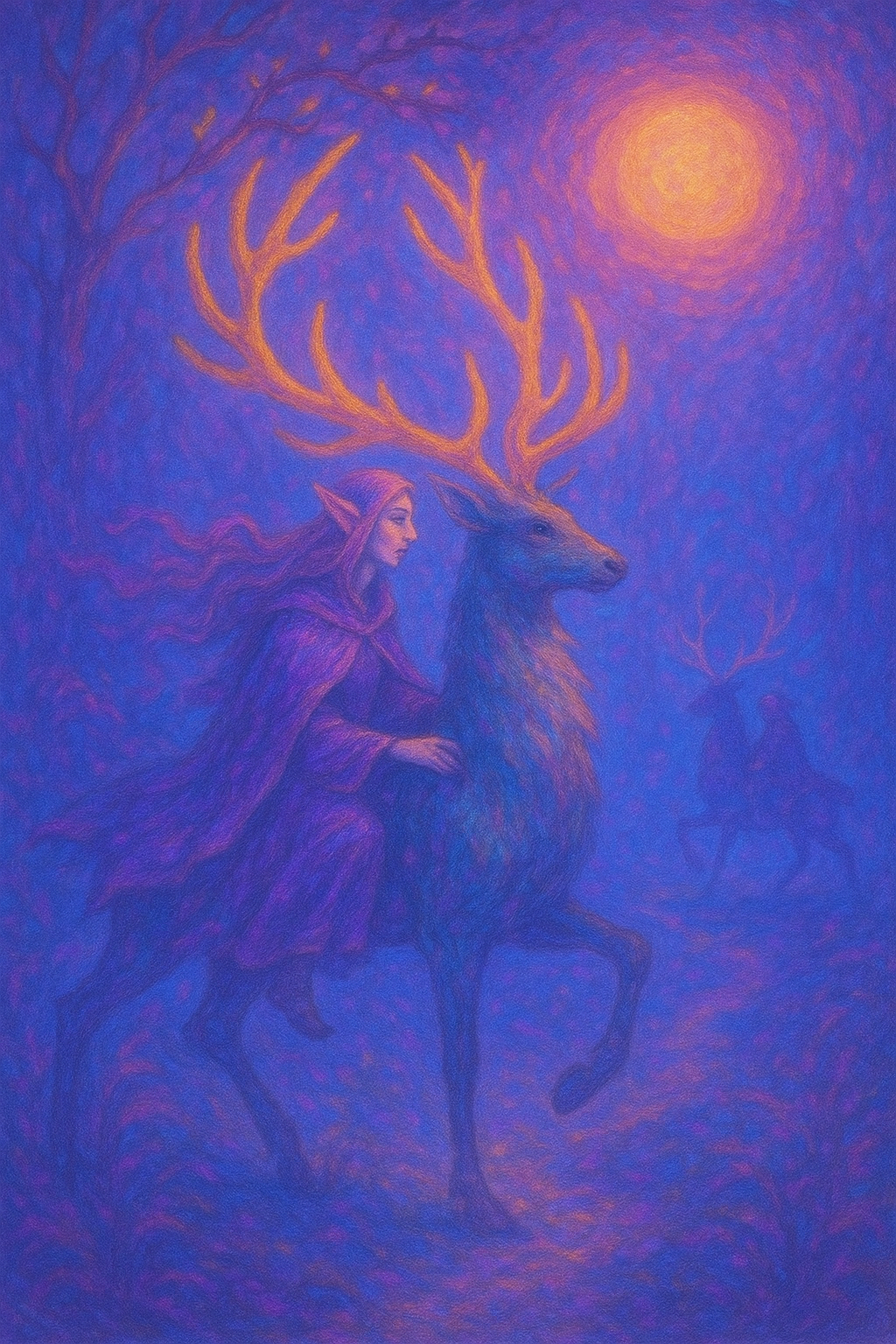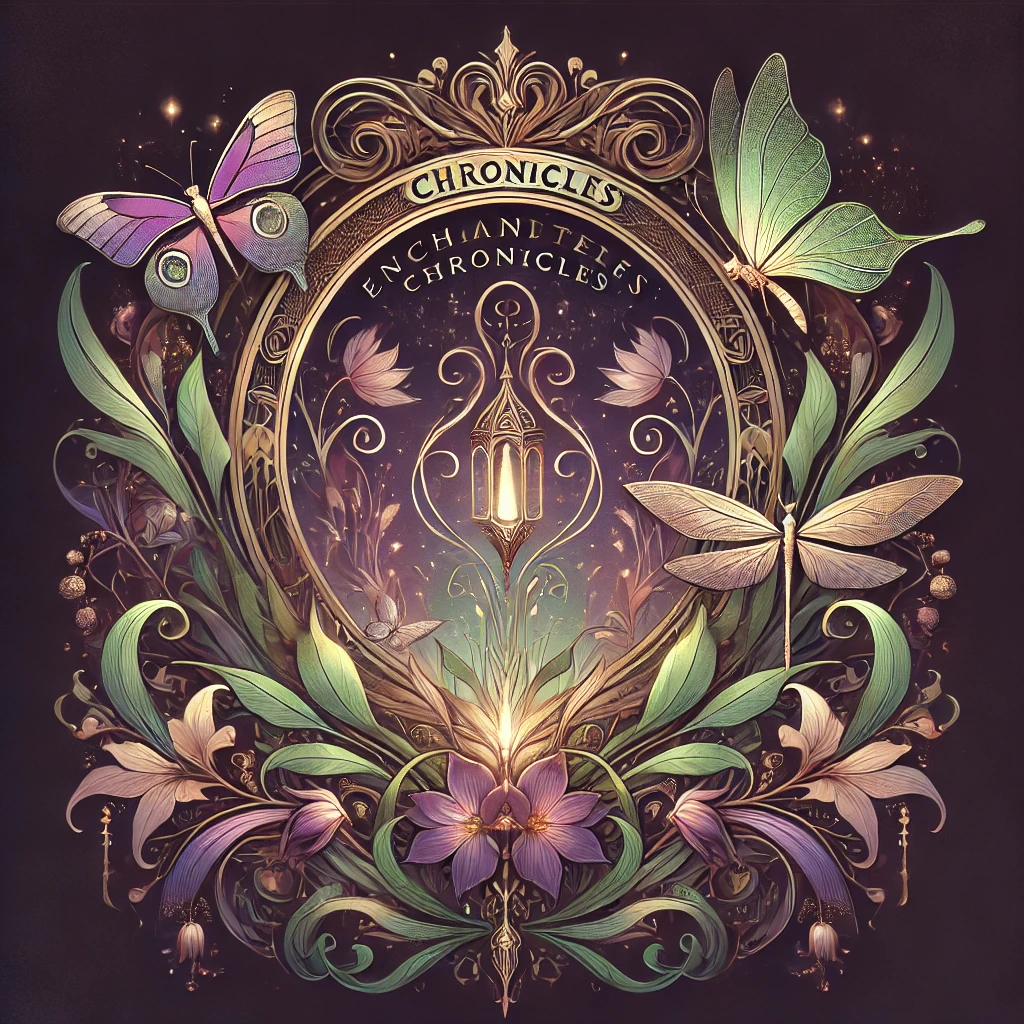The Golden Forest of the Elk Elves: Unveiling Iceland’s Hidden Solstice Myth
Every year, around the time of the summer solstice, whispers echo through the valleys and mountains of Iceland: tales of a mystical place known as the Golden Forest of the Elk Elves. According to local folklore, for a brief moment when the midnight sun kisses the horizon, a golden forest shimmers into existence. Within this luminous woodland, majestic elves adorned in ancient robes are said to ride antlered elk, guardians of a world just beyond the veil of human perception.

By : Elaris Windglimmer

At the Heart of a Continent, a Sacred Story Unfolds
This legendary tale is more than just a story—it’s a window into the rich oral traditions and deep environmental spirituality of Iceland. From ancient settler beliefs to modern festivals, the myth of the Elk Elves continues to captivate locals and curious travelers alike.
Historical and Cultural Roots
The origins of the Elk Elves legend can be traced back to the early medieval period, shortly after the Norse settlers arrived in Iceland in the 9th century. Much like other Scandinavian cultures, Icelandic settlers carried with them a profound belief in nature spirits, elves (“huldufólk“), and land wights. These entities were thought to inhabit specific landscapes, particularly those untouched by human development.
In pre-Christian Iceland, elves were not mere fantasy; they were deeply entwined with everyday life. Farmers would leave offerings at certain boulders, children were taught to respect “hidden people” dwellings, and stories of forest spirits—such as this one —were passed down orally, generation after generation.
The Elk Elves, however, stand out from other beings in Icelandic folklore due to their majestic mode of travel. Elk were not native to Iceland, which raises the question: why elk? Some historians believe the elk is symbolic, representing wisdom, strength, and a connection to the spirit world. The image of elves riding elk through golden light may have evolved from Norse mythology’s depictions of divine chariots or spirit animals.
Oral Tradition vs. Written Records
Unlike many Icelandic myths that found their way into the famous sagas and the Prose Edda, the tale of the Golden Forest of the Elk Elves was primarily preserved through oral storytelling. Local families in regions like Borgarfjörður and the highlands near Thingvellir would gather on Midsummer Eve to recount the legend.
This oral preservation has led to many variations of the story. In some versions, the Elk Elves appear to those who are pure of heart. In others, they guide lost travelers to safety, only to vanish with the dawn. Some believe the golden light is not sunlight at all, but a sacred energy that allows the forest to emerge from another realm.
It wasn’t until the late 19th century, during the Romantic Nationalism period, that Icelandic scholars began to record and publish folk legends in earnest. However, the story remained largely absent from formal records—possibly due to its ephemeral nature and the sacred secrecy surrounding it.
Evolution into Modern Folklore
Today, the legend has transformed into one of Iceland’s most enchanting modern folklore tales. While belief in literal elves has waned in urban areas, rural Iceland still holds tightly to these traditions. The Golden Forest has become a symbol of Iceland’s untouched wilderness and its unique position between myth and modernity.
Artists, writers, and musicians often invoke the Elk Elves in their work, treating them as metaphors for the unseen forces of nature and inspiration. In local children’s books, they are protectors of the environment; in sculpture and public art, they represent the fusion of old and new Iceland.
Present-Day Traditions and Activities
On the night of the summer solstice, especially in regions like Þingvellir National Park and near the lava fields of Dimmuborgir, guided storytelling walks are organized. These twilight tours often include candlelit forest paths, elven music performances, and folklore readings.
In Borgarfjörður Eystri, a village known for its elf-friendly reputation, a festival called Ljósaskógur (“Forest of Light”) celebrates this legend.
The festival features:
Elven costume parades
Golden light lantern walks
Local culinary experiences featuring elderflower, golden chanterelles, and elk-shaped pastries
Rune readings and demonstrations of traditional Icelandic magical symbols
A Living Memory
What makes this story so enduring is not just its magical premise, but its deep integration into Iceland’s cultural and natural identity. As climate change and modernization continue to alter the landscape, such legends remind people of their relationship with the unseen and the sacred.
Tourism has also embraced the mystique: eco-tours, solstice retreats, and even yoga sessions themed around the Elk Elves draw visitors eager for a more spiritual and mythic encounter with Iceland’s wilderness.
In a world increasingly driven by technology and rapid change, the Golden Forest of the Elk Elves stands as a luminous threshold—a reminder that magic still exists, if only we know where (and when) to look.
Join our community of readers Subscribe To our newsletter!

Enchanted Chronicles: Ignite the Myths Within
Step into a world where ancient myths are no longer confined to books—they are part of your journey.
Sign up for free!
We won’t send you spam.
Unsubscribe at any time.
